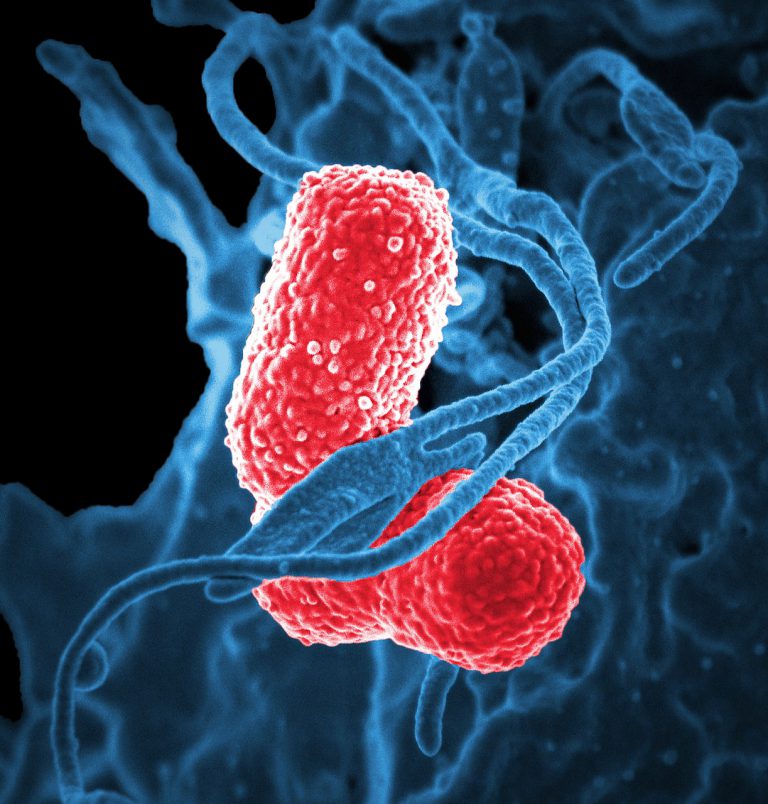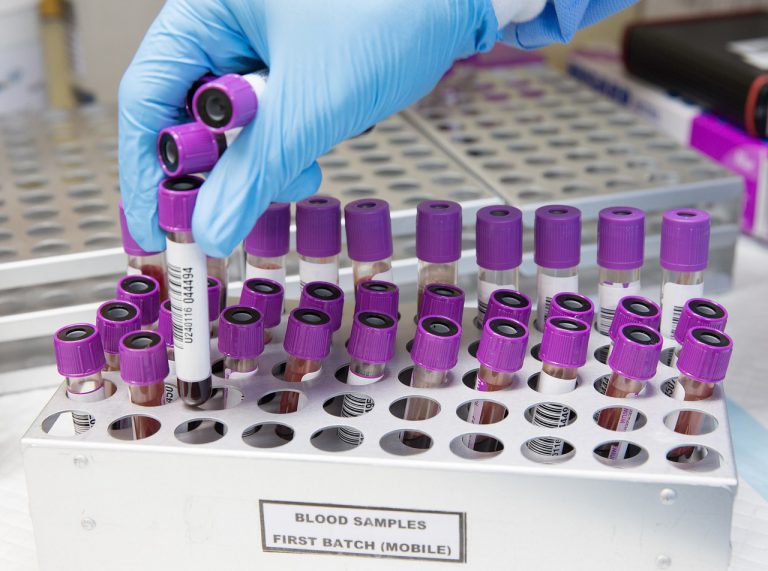Influence of the vaginal microbiome and vaginal metabolites in cervical remodeling and preterm delivery
Antônio Fernandes Moron
Project name
About
The study identified microorganisms, substances, and compounds in the vaginal microbiome that could more sensibly indicate a shortening of the cervix and, therefore, a greater risk of premature delivery. The objective was to assess whether it was possible to add a third predictive risk factor to the two that already exist (patient’s history and cervical length).
How was the experiment
The team collected two vaginal samples from 568 pregnant women between 18 and 24 weeks in hospitals in three Brazilian cities: São Paulo, Jundiaí, and Fortaleza. The researchers mapped microorganisms, substances, and several pro-inflammatory compounds present in the vaginal flora that could be related to cervical shortening and premature birth. The length of the cervix was assessed through transvaginal ultrasound. The analyses concluded that two markers were reliable indicators of the problem: low levels of D-lactic acid and high concentration of TIMP-1 (tissue inhibitor of metalloproteinase 1), a marker of the inflammatory process that occurs during an infection.
Main results
The study showed that the combination of low levels of D-lactic acid and high concentration of an inflammation marker, TIMP-1 (tissue inhibitor of metalloproteinase 1), in vaginal secretions represents a reliable indicator that L. crispatus has ceased to predominate in the flora and there is a greater risk of cervical shortening and spontaneous premature delivery. When combined with transvaginal ultrasound, the test was able to identify 71 percent of births before 37 weeks in the sample evaluated, as compared to only 31 percent predicted by the two conventional methods (history and cervical measurement). If used alone, the microbiome method was able to track around 60% of cases of preterm childbirth.
Why is it innovative
This is the first time that a reliable combination of two markers (D-lactic acid and TIMP-1) has been identified as a risk for premature birth in association with maternal characteristics and cervical measurement.
Problem that solves
Today, spontaneous preterm births account for two thirds of premature births in Brazil and 35 percent of the 3.1 million newborns deaths in the world. In places with few resources and without ultrasound technology available, this predictability decreases even more. Measuring these risks accurately in a simple and inexpensive way can help prolong pregnancy and prevent hospitalizations and infant deaths. Currently, the Ministry of Health spends 800 million reais a year on hospitalizations in pediatric ICUs in Brazil. Further studies are needed to estimate how much a possible diagnostic test based on this combination of compounds could cost.
Implications for the brazilian health system
If the test proves to be effective, it would be possible to identify – and try to avoid with the appropriate treatment protocols – around 120 thousand of the 300 thousand premature births in Brazil per year, according to the researchers’ estimates.
Implications for global health
The diagnostic method could be used in any country in the world and would be an alternative to a transvaginal ultrasound, which is not always available in health systems in developing countries with few resources.
Next steps
The team seeks funding for new research that would test the effectiveness of the method in the first trimester of pregnancy and the feasibility of turning it into a cheap and simple diagnostic, similar to a pregnancy test. They also intend to analyze the influence of viruses (bacteriophages), found in 107 of the 600 vaginal samples, on cervical length.
Published studies
- Vaginal Biomarkers That Predict Cervical Length and Dominant Bacteria in the Vaginal Microbiomes of Pregnant Women - 10/2019
- Race differentialy impacts variables associated with cervical length in pregnant women - 01/2019
- Second trimester D-lactic acid measurement: a simple assay to predict dominant vaginal bacteria and risk for short cervix and preterm birth - 12/2017
- Antibiotics for amniotic fluid ‘sludge’ in high risk for preterm birth population - 06/2017
- D-lactic Acid and Matrix Metalloproteinase-2 (MMP-2) levels in vaginal secretions predict cervical length in mid-trimester pregnant women - 01/2017
Article about the project
Related projects

Progesterone and cervical pessary to prevent premature birth or P5 study

Premature live births in São Paulo: a spatial approach



